What is Talent Acquisition and How Your Business Can Get It Right

In today’s competitive business landscape, finding and retaining top-tier talent has become a crucial factor for organisational success. This process, known as talent acquisition, plays a pivotal role in ensuring that a company’s workforce is not just skilled but also aligned with its goals and values.
To dive deeper into the world of talent acquisition and how businesses can excel at it, you can explore its meaning, the step-by-step process it entails, and effective strategies for successful implementation in this article. Let’s get started!
What Does Talent Acquisition Mean?
Talent acquisition refers to the strategic approach that companies adopt to identify, attract, and hire the most suitable candidates for their workforce needs. Unlike mere recruitment, which often involves filling immediate vacancies, talent acquisition focuses on building a pool of qualified candidates who align with the company’s long-term goals and culture. It is a proactive process that involves understanding the company’s talent needs, foreseeing future requirements, and creating a comprehensive plan to address them.
The Process of Talent Acquisition
Talent acquisition is a dynamic and systematic journey that encompasses several crucial stages to ensure a seamless integration of skilled individuals into an organisation’s workforce.
1. Sourcing and Lead Generation
The talent acquisition process commences with sourcing and lead generation, where businesses actively identify potential candidates. Through various channels such as job boards, professional networks, and even internal referrals, a diverse pool of potential talents is accumulated. This phase is akin to casting a wide net to capture individuals with a spectrum of skills and experiences, all of whom could potentially fit current or future roles within the company.
2. Recruiting and Attracting
Once a substantial pool of candidates is established, the focus shifts to recruiting and attracting these potential talents. In this phase, crafting compelling and accurate job descriptions is paramount. The goal is to present not just the roles and responsibilities but also to showcase the company’s unique culture, values, and opportunities for growth. Effective employer branding plays a pivotal role in capturing the attention and interest of the candidates.
3. Interviewing and Assessing
The interviewing and assessing phase is a pivotal step in the talent acquisition process. During this stage, potential candidates undergo rigorous evaluations, including interviews and skill assessments. The aim is to gauge their suitability for the roles in question and their alignment with the company’s ethos. Multiple rounds of interviews may take place, each delving deeper into the candidate’s skills, experiences, and cultural compatibility.
4. Checking References
To ensure the authenticity of the information provided by candidates and gain insights into their past performance, the reference-checking phase is executed. This thorough examination adds an extra layer of verification, providing hiring managers with a well-rounded perspective on the candidate’s abilities and character.
5. Making Final Selections
From the pool of interviewed and referenced candidates, the final selections are made. In this phase, not only are qualifications and skills taken into account, but also the candidate’s compatibility with the team dynamics and overall organisational culture. This careful consideration ensures that the chosen candidates have the potential to thrive within the company’s environment.
6. Hiring and Onboarding
The last steps of the talent acquisition process involve hiring and onboarding the selected candidates. During the hiring phase, offer negotiations take place, with attention to compensation packages and other benefits. Following successful negotiations, the onboarding process begins, aiming to integrate new hires seamlessly into the organisation. Effective onboarding is essential to ensure that new employees feel welcomed, informed, and ready to contribute from day one.
How to Do Effective Talent Acquisition?
Effectively executing talent acquisition requires a blend of strategic planning, innovative techniques, and a keen understanding of both your company’s needs and the job market dynamics. Let’s delve into a series of actionable steps that can help your business excel in acquiring top-notch talent.
1. Develop a Comprehensive Strategy
Start by crafting a comprehensive talent acquisition strategy that aligns with your company’s overall goals and growth trajectory. Outline the roles you need to fill not just for the present, but also considering future expansion. Having a clear roadmap in place streamlines the entire process and ensures you’re proactively meeting your talent requirements.
2. Build a Strong Employer Brand
Invest in building a compelling employer brand that resonates with potential candidates. Highlight your company’s unique culture, values, and the opportunities it offers for career growth. An attractive employer brand can set you apart from competitors and make your organisation a destination for top talent.
3. Leverage Technology
Leverage technology to optimise your talent acquisition process. Utilise applicant tracking systems (ATS) to streamline candidate management, track interactions, and analyse data for insights. Additionally, embrace AI-powered tools for resume screening and preliminary candidate assessments, saving time and enhancing efficiency.
4. Foster a Positive Candidate Experience
Treat candidates like valued partners right from the application stage. Provide timely and transparent communication throughout the selection process. Even candidates who may not be selected should leave the experience with a positive impression of your company, potentially becoming brand advocates.
5. Embrace Diversity and Inclusion
Prioritise diversity and inclusion in your talent acquisition efforts. Ensure that your hiring panels are diverse and free from bias. Embrace inclusive language in job descriptions and ensure your hiring practices focus on skills and potential rather than just experience, fostering a more diverse and innovative workforce.
6. Offer Professional Development Opportunities
Highlight your commitment to employee growth by offering robust professional development programs. Emphasise mentorship, skill-building workshops, and a clear path for career progression within the organisation. This not only attracts ambitious talent but also enhances employee retention.
7. Utilise Data Analytics
Harness the power of data analytics to refine your talent acquisition strategy. Monitor key metrics such as the time it takes to fill a position, quality of hires, and retention rates. Analysing these metrics helps identify bottlenecks and areas for improvement, allowing you to continuously enhance your process.
8. Cultivate Relationships with Candidates
Build and maintain relationships with potential candidates even if they aren’t an immediate fit. Keep them engaged through personalised communication and periodic updates about company developments. This proactive approach can lead to a talent pool readily available when the right role opens up.
9. Collaborate with Hiring Managers
Effective collaboration between HR and hiring managers is crucial. Involve hiring managers in defining role requirements and in the interview process. Their insights ensure alignment between the candidate’s skills and the team’s needs.
10. Consider Outsourcing
For businesses facing resource constraints or looking to tap into specialised expertise, outsourcing talent acquisition can be a strategic move. Partnering with an outsourcing company, particularly one well-versed in the local market like a reputable outsourcing company in Jakarta, can provide access to a wide network and proven strategies.
In a business landscape driven by innovation and competition, effective talent acquisition stands as a cornerstone of success. By embracing the intricacies of the talent acquisition process and implementing strategic approaches, your company can position itself as a leader in your industry. Remember, this isn’t a static endeavour; it’s a dynamic process that requires constant refinement.
If you’re seeking expert guidance to navigate the complexities of talent acquisition, consider partnering with RecruitFirst, an experienced outsourcing company in Jakarta. RecruitFirst can offer tailored solutions that align with the local job market dynamics. This strategic collaboration can provide you with a competitive edge, helping you secure the best talent and drive your business towards a future marked by achievement and growth. Contact us today to learn how RecruitFirst can help with your talent acquisition needs!





